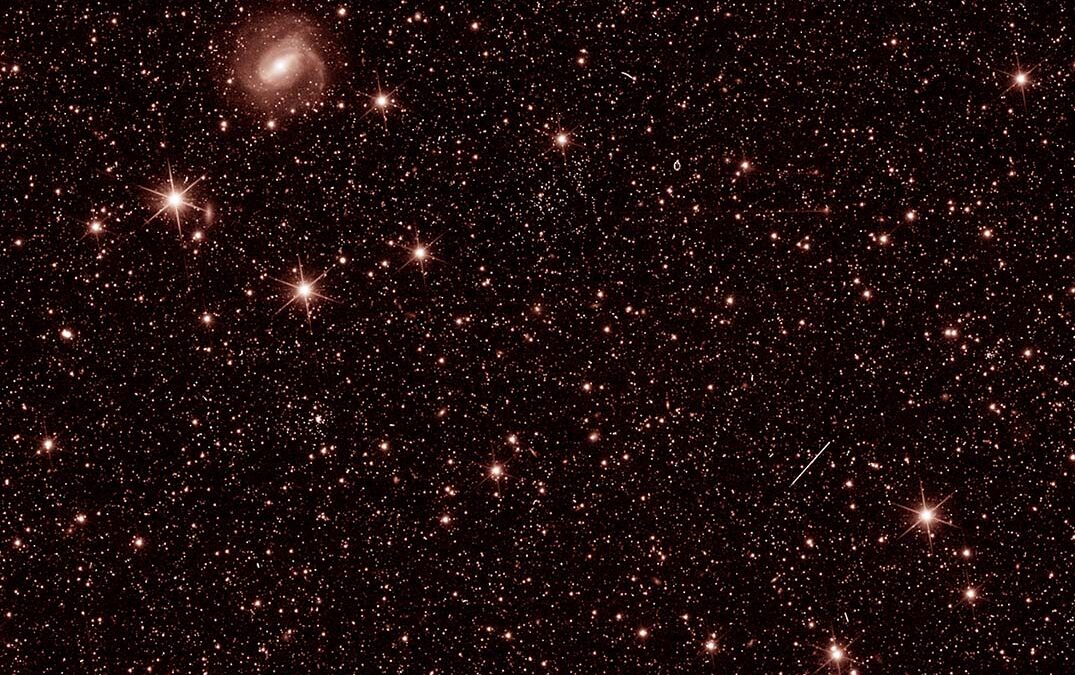The two instruments aboard Euclid, a European Space Agency (ESA) spacecraft with NASA contributions, have captured their first test images.
The results indicate that the space telescope will achieve the scientific goals that it has been designed for – and possibly much more.
The mission will delve into some of the biggest mysteries about our universe, including the nature of dark matter and why the universe’s expansion is accelerating. Scientists call the force behind this accelerated expansion “dark energy”.
Euclid launched on 1 July from Cape Canaveral, Florida. It has arrived at its destination about 1,5-million kilometers from Earth, a vantage point known as the Second Lagrange Point (L2).
“We are thrilled to see that the NASA-supplied detectors and other hardware are working as expected and are incredibly excited about the scientific results that will come in the months and years ahead,” says Mike Seiffert, project scientist for the NASA contribution to Euclid at the agency’s Jet Propulsion Laboratory.
Given these test images, scientists and engineers behind the mission are confident that telescope and instruments are working well. Mission specialists will continue performance-verification tests for the next couple of months before science observations begin.
“After more than 11 years of designing and developing Euclid, it’s exhilarating and enormously emotional to see these first images,” says Euclid project manager Giuseppe Racca of ESA. “It’s even more incredible when we think that we see just a few galaxies here, produced with minimum system tuning.
“The fully calibrated Euclid will ultimately observe billions of galaxies to create the biggest-ever 3D map of the sky.”
Featured picture: This image was taken during commissioning of ESA’s Euclid spacecraft to check that the Near Infrared Spectrometer and Photometer (NISP) instrument is working as expected. NASA contributed hardware to the NISP instrument.
Credits: ESA/Euclid/Euclid Consortium/NASA, CC BY- SA 3.0 IGO

